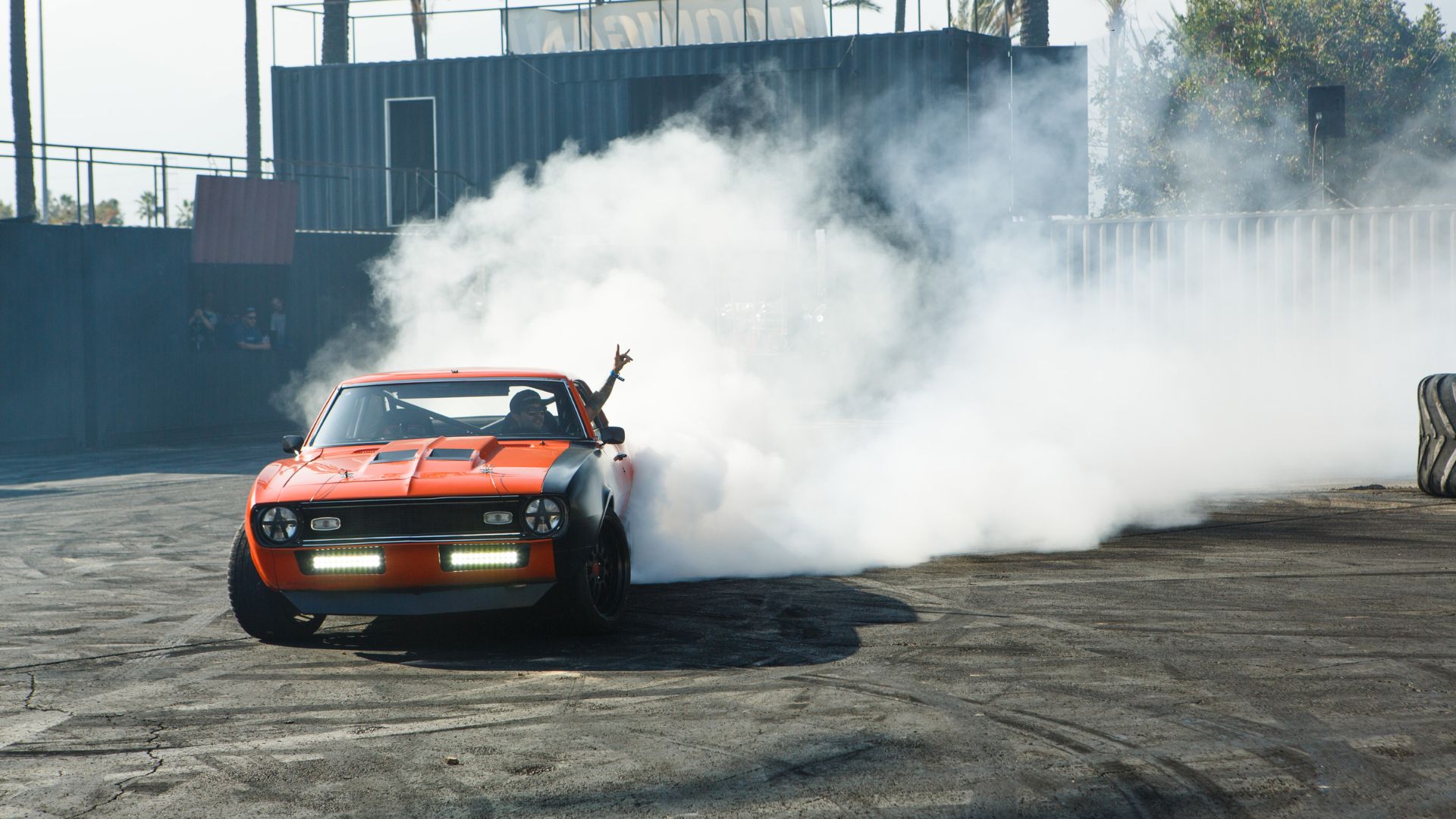When you start your car, it's normal to see a small puff of smoke coming out of the exhaust, especially in winter. But if that smoke lingers, has a particular color, and gets denser, it's often a sign that something is wrong with the engine. Observing its color can help you identify the source of the problem.
White Smoke
A light white puff at start-up is usually harmless – it's just condensation evaporating. However, thick and continuous white smoke should make you cautious. It can mean that coolant is leaking into the combustion chamber, often due to a worn head gasket, a cracked cylinder head, or a damaged engine block. If coolant mixes with fuel, the engine may quickly overheat.
Main possible causes :
- Damaged head gasket: coolant seeps into the combustion chamber.
- Cracked cylinder head: coolant enters the engine abnormally.
- Damaged engine block: cracks allow coolant and fuel to mix.
If you notice more white smoke than usual, you can treat your engine with our Xtreme diesel – or Petrol – Emission reducer, designed ro reduce harmful exhaust emissions.
And for more information on the causes of white smoke and the possible treatments: you can check out our article: What causes white exhaust smoke and how to fix it.
Blue Smoke
Blue-tinted smoke is a clear sign that the engine is burning oil. This often comes from worn piston rings, leaky valve seals, or even a failing turbocharger. Besides increasing pollution, excessive oil consumption can dangerously reduce oil levels and threaten the engine's lifespan.
Main possible causes:
- Worn piston rings: oil slips into the cylinders.
- Leaky valve seals or valve guides: oil flows into the combustion chamber.
- Faulty turbocharger: bearings leak oil into the air intake system.
For more details on this issue and the possible remedies, you can read our dedicated article: Blue exhaust smoke: why it happens and how to clean it?
At the first signs of smoke, you can also treat your car with Wynn's Stop Smoke.
Black Smoke
Black smoke means there's too much fuel in the combustion process. The engine is getting more fuel than air, which disrupts the balance and leads to incomplete combustion. For optimal performance, fuel must be mixed with the correct amount of air. If there isn't enough oxygen to burn it all, part of the fuel remains unburned.
This results in black smoke, higher fuel consumption, and an engine that gets dirty faster.
Main possible causes:
- Clogged air filter: reduces the amount of air reaching the engine.
- Faulty injectors: inject too much fuel.
- Broken sensors (oxygen sensor, mass airflow sensor, etc.): poor air/fuel management.
If you notice any black smoke, you can treat your engine with the Xtreme Diesel Emission Reducer.
This treatment is designed to cut harmful exhaust emissions, reduce black smoke, and enhance engine performance while improving fuel efficiency. It optimizes combustion for smoother, quieter operation, and is also available for gasoline engines.
Conclusion
Here are the key points to remember if you notice unusual smoke from your exhaust:
- Persistent white smoke: possible coolant leak.
- Blue smoke: engine oil is burning.
- Black smoke: too much fuel, clogged engine.
If your car shows one of these signs continuously, it is strongly recommended to visit a mechanic quickly. The sooner the issue is detected, the less risk you have of severe damage and costly repairs.

Leave A Comment